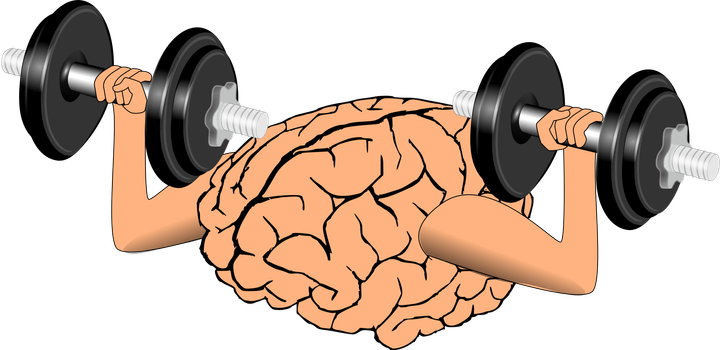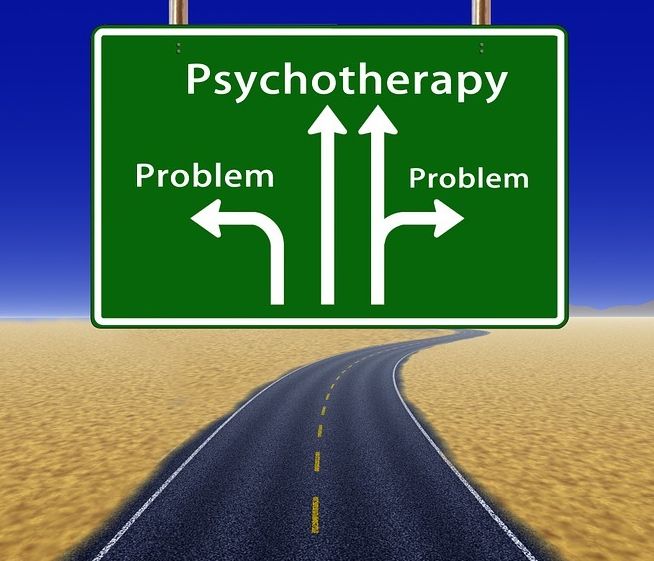
Have you ever contemplated psychotherapy, but then hesitated? May be you thought it was too weird? Or questioned whether you would benefit from it?
Psychotherapy, broadly speaking, is the application of psychological methods to help a person adapt their thinking patterns and behaviors in ways that are beneficial to their lives. Unfortunately, a common and lingering misconception is that if someone is in therapy, there must be something wrong with them; something broken. I was recently reminded of this while catching up on episodes of HBO’s “Insecure,” a funny and heartwarming take on the lives of female friends living in Los Angeles. When one of the main characters is told in an episode that she might benefit from therapy, her facial expression turns to discomfort, followed by horror. “Who wants to go broke paying for a fake friend?” she snips.
Why wait until something is broken?
But the truth is that most (if not all) of us can benefit from therapy at some point in our lives. That’s because the basic goal of psychotherapy is to further train our minds, the way the goal of exercise is to further train our bodies. Indeed, if we think of psychotherapy as a form of regular exercise for the brain and mind (rather than as a fix for something broken), it may not seem that strange or scary after all.
Just as exercise works to change our physical tone, by gradually burning fat and strengthening muscle, psychotherapy works to change our mental tone, by gradually modifying the brain circuits that form the basis of how we think, act, and react. The word ‘gradually’ is key: just as we need to exercise on a regular basis in order to see meaningful results, psychotherapy is also not a single shot deal but an ongoing process that requires continuing work. It may seem trying at first, but like exercise, it gets easier and more rewarding with each visit.
Actually, ‘psychotherapies’ might be a more precise term, as there isn’t just one type. Just as different forms of exercise — running, weightlifting, Pilates – tone our bodies in different ways, but all aim toward better physical health, different psychotherapies too may work on the brain in different ways, but ultimately all converge on better mental health. Psychodynamic therapy, for instance, is a form that works by helping our brain uncover thoughts and associations, including ones from the past, that block our ability to function optimally. Cognitive behavioral therapy (CBT) is a different exercise, one that retunes our brain wiring so that thoughts and actions that were destructive (hurting us) now become constructive (help us). There are several others.
Runners high for the brain
One question that individuals contemplating therapy frequently ask pertains to length: “How long would I need to be in this for?” The answer of course varies from person to person, but even here the exercise analogy is helpful. Let’s take joining a gym. It can be a short-term proposition (till I lose those pesky 10 pounds) or a long-term one (I want to maintain my muscle tone). But we certainly don’t need to commit to a time frame when we first sign up. Similarly, being in therapy can serve a defined short-term goal (say resolving a problematic interpersonal relationship). But it can also end up serving as its own lifelong pursuit, one with no set expiration date.
And here’s a point that is so often overlooked: therapy can be invigorating. You end up learning a tremendous amount about yourself that you didn’t previously realize, and the ‘Aha!’ moments provide their own form of runner’s high.
To be sure, the parallels between exercise and psychotherapy only go so far. Exercise offers greater flexibility; we can do it in our homes, at the gym, or in a park. While we can certainly practice activities that are mentally beneficial (e.g., meditation, yoga) in our homes, structured therapies require access to a licensed practitioner (typically a psychiatrist, psychologist, or clinical social worker). Costs and geographic availability of therapists vary widely across the U.S. and many parts of the country unfortunately are woefully underserved. But the recent rise in telemedicine could be a panacea for those in less urban areas who lack easy access to in-person therapy.

Therapy: A road worth traveling
Exercise: Hey, works for the body, works for the brain
Finally, here’s a little twist. We talked about psychotherapy as a form of exercise. But the opposite — physical exercise as a form of therapy —is true as well. A wealth of studies now show that regular aerobic exercise is not only good for our physical health, but for our brain and mind as well. That’s because exercise stimulates neurons in our prefrontal cortex and hippocampus (a critical brain region for learning and memory) and improves overall mood and cognition. So when we’re on that treadmill, the millions of neurons in our brains may be working up as large a sweat as the rest of us.
Again: have you felt you wanted to try psychotherapy, but hesitated?
If you’ve thought: “there’s nothing wrong with me, what could I get out of therapy?”, ask yourself the parallel question: “there’s nothing wrong with me, what could I get from exercise?”. The point is that exercise can always be your friend, no matter what. So can therapy.
_________
Dr. Talati is an Assistant Professor of Clinical Neurobiology and a Sackler Research Scientist at Columbia University Medical Center and New York State Psychiatric Institute.
